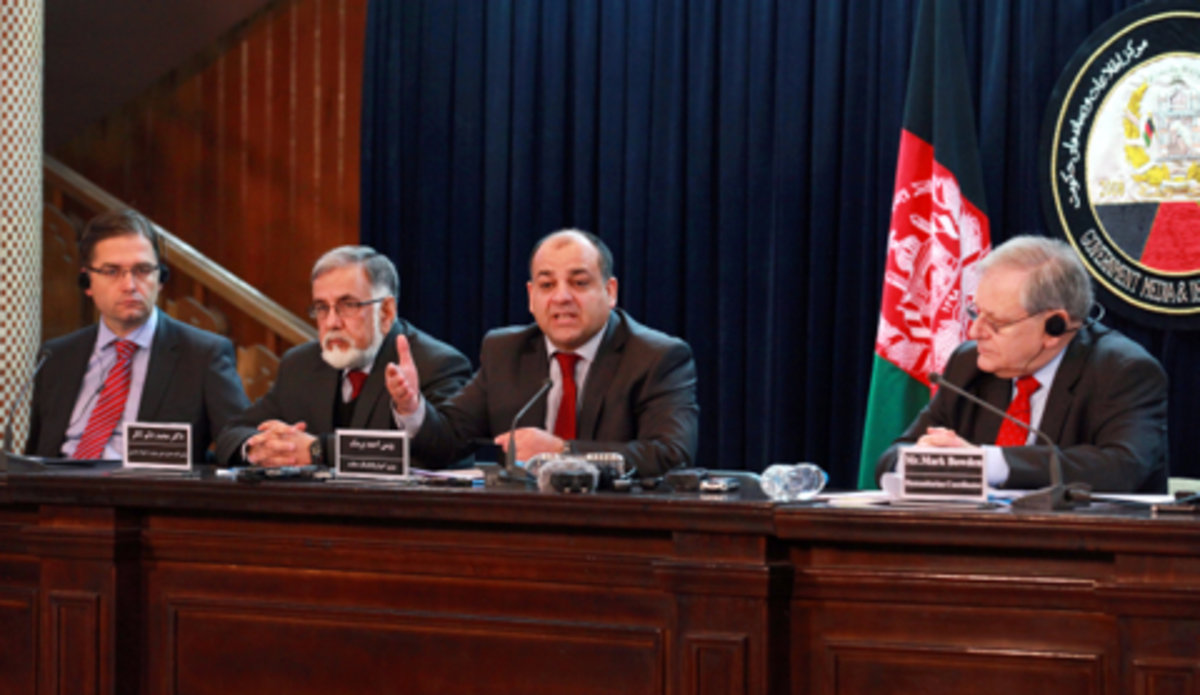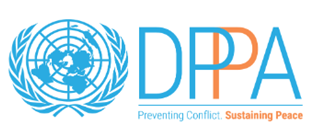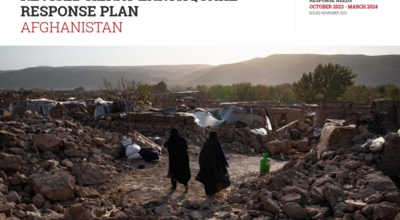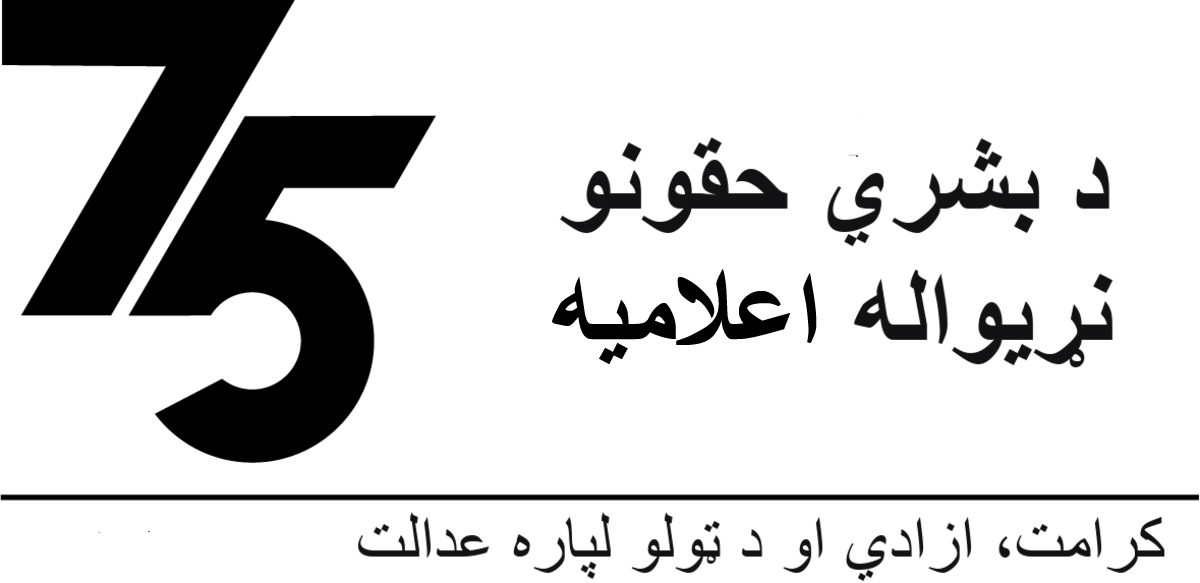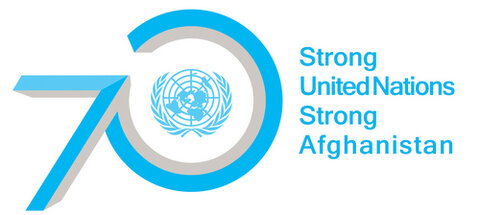Humanitarian community in Afghanistan seeks US$ 471 million to meet growing challenges in 2013
KABUL - The Government of Afghanistan and the humanitarian community in the country launched an appeal on 26 January to the international community to provide US$ 471 million to meet the growing humanitarian challenges in 2013.
Launching the 2013 Common Humanitarian Action Plan (CHAP) in Kabul, the United Nations Humanitarian Coordinator for Afghanistan, Mark Bowden, stressed the need of greater international assistance for Afghanistan which he said has consistently ranked at the bottom of the global Human Development Index.
“It (the appeal) is not aspirational. It is actually based on what we think the real costs of meeting the needs of population are,” said Mr. Bowden. He added that the ongoing security transition would have a “significant economic impact” on the Afghan population and international assistance would be all the more important.
The 2013 CHAP sought the international assistance for humanitarian preparedness and response centred around five strategic areas: protection of civilians; reduction of mortality and morbidity; assistance to displaced, returnees and host communities; restoration of livelihood for the most vulnerable; and addressing the cross-cutting issues like gender, environment and resilience.
Led by the UN Office of the Coordination of Humanitarian Affairs (OCHA), all humanitarian actors in Afghanistan – including donors, the Humanitarian Country Team and Afghan officials and humanitarian workers – participated in the consultative process to prepare the CHAP.
“Thirty-four years of conflict and recurrent natural hazards have left the population in a state of deep vulnerability, and many people‘s coping mechanisms are exhausted,” said the 42-page appeal document. “In addition to an internally displaced population of 450,000 people, Afghanistan also has the largest population of refugee returnees in the world—5.7 million people, with many more to come from neighbouring Pakistan and Iran.”
Last year’s appeal for US$ 448 million was only 48 per cent funded, hindering major humanitarian work in the country which was the fourth-least-funded crisis in proportion to requirements among the 22 humanitarian appeals globally, according to the 2013 CHAP for Afghanistan. The top five donors in 2012 were the United States (40%), Japan (26%), European Commission (9%), Canada (5%) and Germany (5%), with 15 per cent of the amount carried over from the preceding year.
Talking about the poor funding, Mr. Bowden, who also serves as the Deputy Special Representative of the Secretary-General for Afghanistan, said, “In a country which is ranked to be one of the highest in terms of humanitarian needs, this sort of performance is very distressing.”
Afghanistan’s Minister of Rural Rehabilitation and Development, Wais Ahmad Barmak, said although the Government’s capacity to respond to emergencies had been enhanced, it had no adequate budget for disasters. He expressed his hope that even if all of US$ 471 million appeal can’t be funded, at least “70 or 80 per cent” would also work.
For 2013, the Humanitarian Country Team has made “a very strong plea to donors to proactively align their support around the strategic priorities and response plans outlined in the 2013 CHAP and ensure that it is fully funded”, wrote Mr. Bowden in the 2013 CHAP document.
The 2013 CHAP features a ranking of provinces according to need. The ranking reflects the best-available information while acknowledging gaps in data. The top five provinces are Kandahar, Ghazni, Helmand, Khost and Kunar, “reflecting the high prevalence of conflict-induced needs in the south and south-eastern regions”.
The United Nations humanitarian chief announced last week, on 21 January, the allocation of US$ 17 million from an emergency account to boost humanitarian operations in Afghanistan. The UN Central Emergency Response Fund (CERF) selected Afghanistan among 12 "poorly-funded" crises for allocation of some US$ 100 million on the basis of the severity of humanitarian need and an analysis of funding levels, according to the UN News Centre.
Referring to his recent visit to Kandahar, Mr. Bowden said the number of international organizations active in the province decreased from 21 three years ago to just four now. He also expressed his regret that not even a single project in the province was funded through last year’s appeal.
“It is not just Kandahar, but the provinces in the south need to be prioritized in a very different way,” he told yesterday’s Kabul event, which was attended by members of the press, humanitarian actors, donors and Government officials.
Although the total number of security incidents against humanitarian workers decreased in 2012 compared with 2011, the humanitarians experience considerable difficulties in securing humanitarian access to priority need areas. “Most significantly, the abilities to access people in need, conduct assessments, travel to programme areas, and monitor and evaluate programme activities are considered as constrained to a moderate to severe degree,” said the CHAP document.
Giving a donor perspective, Oliver Owcza from the Embassy of Germany in Kabul said the donors would focus on “those groups which are the most vulnerable”. He also identified three main vulnerable groups in Afghanistan: displaced and returnees/refugees, people affected by natural disasters, and those living in remote and inaccessible areas of the country. “Germany has been and will be a contributor in humanitarian funding in Afghanistan. In the past year, we provided roughly US$ 25 million for various humanitarian projects,” said Mr. Owcza.
By UNAMA Kabul
Download the Common Humanitarian Action Plan 2013 | UNIFEED video story on the humanitarian appeal
 UN
UN
